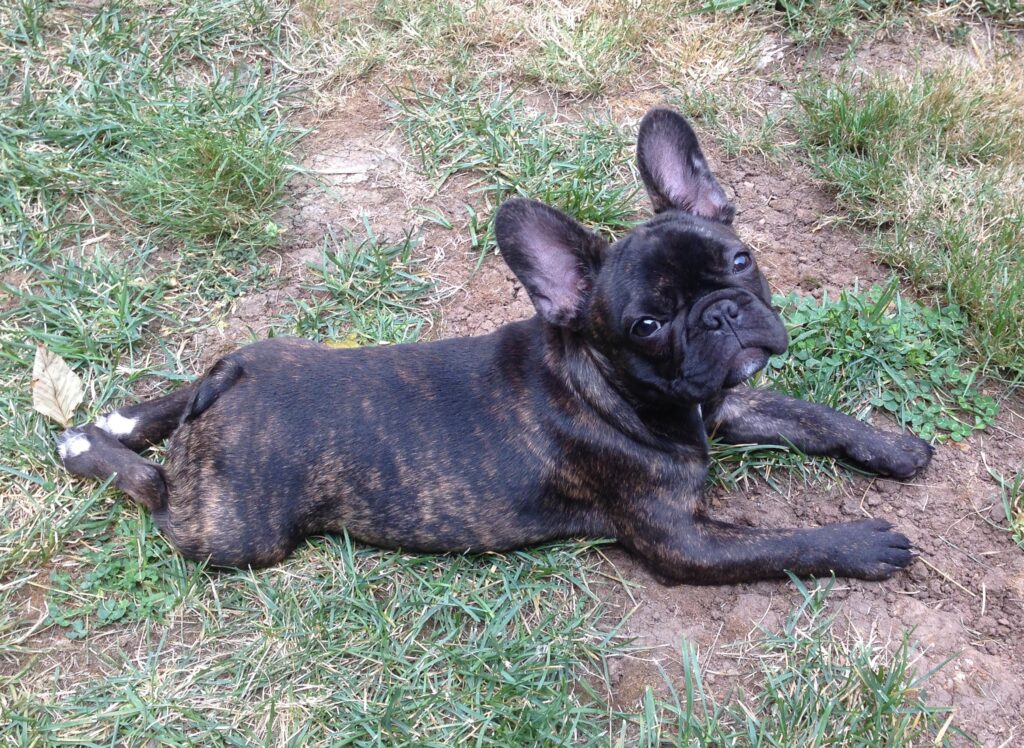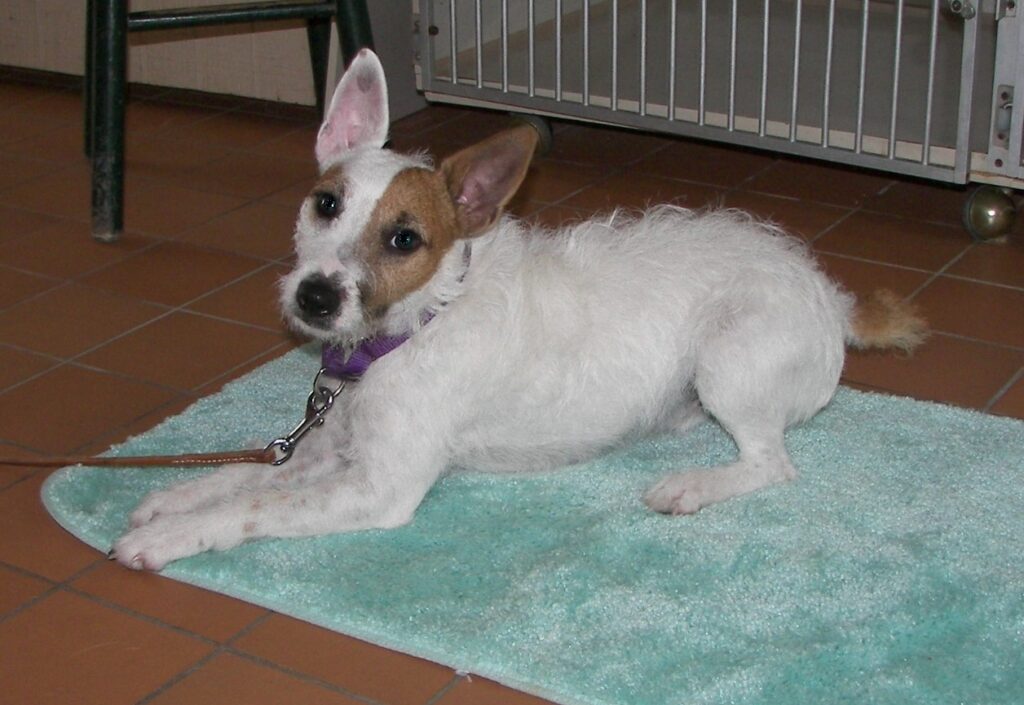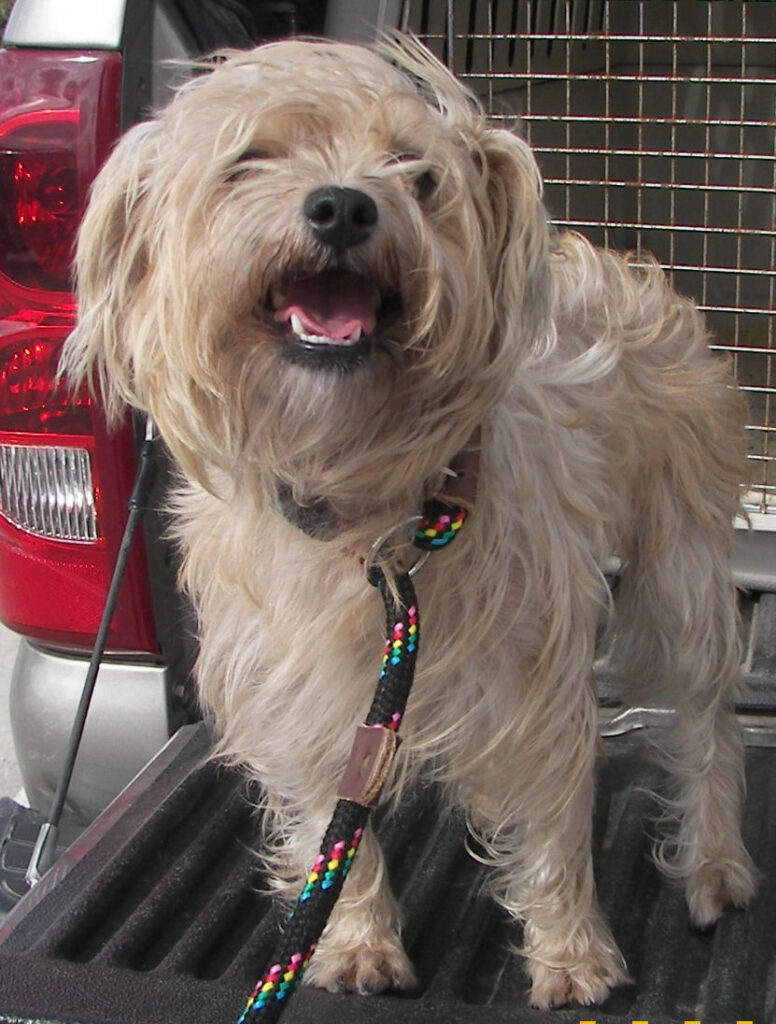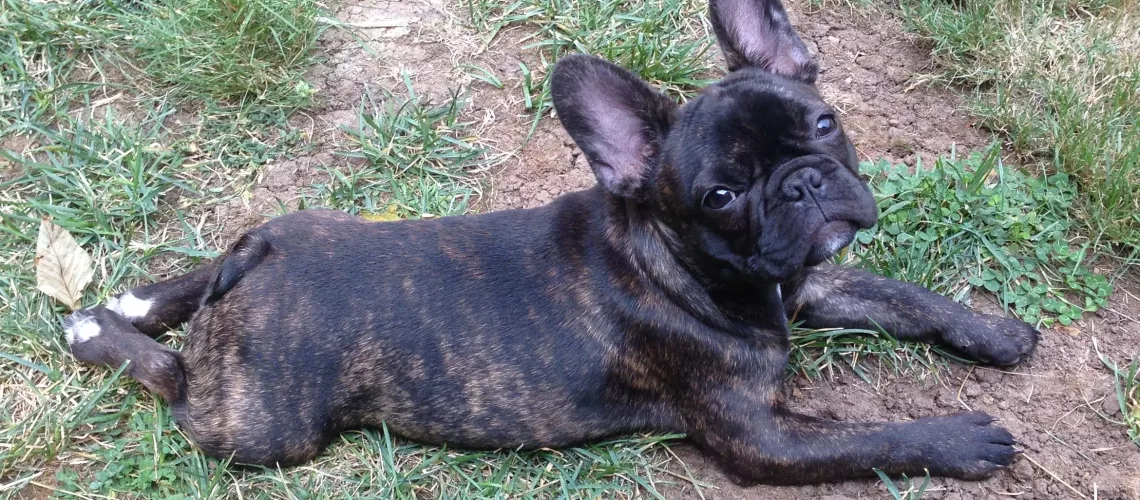Your own basic training skills are the foundation of everything you want to train your dog to do.
“Advanced training is simply the precise application of the fundamentals.”
— Dr. Robert E. Bailey

Really? That’s all there is to it?
To highly skilled trainers, the statement above is a reminder that the most basic training skills are the most important. Whether solving behavior problems or training a new dog, the behavior science principles are keys to success. Teach the dog that his behavior is what gets him what he wants. Strong foundation skills help you build the more complex behaviors.
Beginning trainers, who may be excited about teaching big, showy behaviors, may need this reminder that you can’t skip steps in training. You have to have the basic training skills to get the job done before moving on.
Trainers can benefit from remembering that any behavior can be broken down into a series of very simple behaviors. No matter how complex the finished behavior appears, it’s just a composite of tiny pieces. You can train those tiny pieces.
Basic Training Skills
Fundamentals of behavior science include skills for the trainer such as observation, planning, reinforcement, and the personal abilities of patience, focus, and commitment. You have to be able to observe an animal’s behavior and see each individual part. You must be able to make a plan for changing the behavior. Reinforcement skills include how and when to give treats or privileges after a behavior to strengthen it.
Observation skills
What behavior do you see? Under what circumstances? What did you do that affected what the animal was doing? Observation meshes with planning in that you can create and adjust your plan based on what you see. Does your new dog seem to always have a toy in his mouth? Your retrieve-training plan may start with getting him to drop things into your hand. For another dog who doesn’t readily pick things up, the plan may start with shaping him to touch things with his nose. You can learn to observe behaviors more clearly through practice.
Reinforcement skills
Being able to quickly feed the dog a treat, open the door for him to go out, start a game or put his leash on just at the right moment, when you like what he’s doing, is key. The patience, focus and commitment to do this repeatedly without getting bored can be learned from being able to observe the results! Some elementary organizational skills are helpful in making it easy to use reinforcement when the opportunity presents. Having treats available, knowing how to use a clicker and having it handy, being able to put your hands on a leash when you’re ready to train, all are parts of organization, planning, and reinforcement.
Basic skills for the dog
If a dog is healthy and wants something that a human can provide, he’s ready to train. It’s nice when the dog can take treats gently, without chomping the trainer’s hand, but that can be the first behavior you work on. You can always toss treats on the floor at first if necessary. In training, you must always begin wherever you need to begin. A practical way to look at fundamentals is starting where the dog is able to succeed right now. Don’t try to teach your dog to come to you when he’s a block away, barking at a squirrel. Start by getting him to come over to the couch from the kitchen when you call.
Control the environment
Control which situations the dog finds himself in so you can control what he learns. He’s learning all the time. He’ll learn what you teach him if you make it easy and rewarding for him to do so. He’ll learn something you don’t like if it’s easy and rewarding for him to do that. If he finds himself in an environment that is over-stimulating, his emotional responses will be all he can deal with. He can quickly learn fear responses that get in the way of learning the coping behaviors you’re planning for. Teach behaviors in environments he can handle before asking him to do things in environments that are unfamiliar or challenging in any way.
Watch, learn, teach
Controlling a dog’s behavior can be as simple as putting your eyes on him. If you’re supervising his trips out to the back yard, you can see what he’s doing when he’s out there. Sniffing or chasing squirrels may be OK with you. Marking or relieving himself may be opportunities to reinforce for potty training purposes. Digging may be something you want to teach him to do in a particular area, not in others. Barking may be a behavior you want to discourage. What is he showing you? Do you like it? Where is that behavior leading? Whatever your dog does frequently, he’s practicing and becoming better at, and that activity is becoming more and more ingrained in his skill set.

Prevent what you don’t want
In order to prevent some behaviors, it may be necessary to control your dog by putting a leash on him to keep him near you. Be observant and find a way to be aware of his whereabouts and what he’s up to. Confine him in a kennel or crate or behind a baby gate with a chew bone when you can’t pay attention to him. (Make sure he’s had some exercise, play, and mental stimulation before you do.) Control what the dog is doing in order to control what he’s learning. What he’s doing is what he’ll continue to do, do more frequently, and become better at. Even if you’re working hard at training the behaviors you want, you can compromise results by not preventing what you don’t want.
Some behaviors have already been reinforced
An established behavior had a “head start” on the new behavior. If your dog has been practicing the behavior you don’t like for a long time, complete prevention is challenging but imperative for teaching him to choose a new behavior. You may not know a new dog’s history, but when you see what he chooses to do most often, you know that behavior has been well-reinforced. He may have received reinforcing input from a previous owner, or the behavior may just makes him feel good – these are called “self-reinforcing behaviors.” They include barking, jumping, many physical activities, rolling on grass or carpet, and more. If you don’t like a behavior and don’t want it to be reinforced, you can’t start any sooner than now to prevent it.
Reinforce behaviors you like
Your plan for controlling your dog’s behavior must include prevention of behaviors you don’t like and setting up situations in which it’s easy for the dog to do the behavior you do like. Then all you need to do is get the behaviors you like to happen and reinforce them. These will become your dog’s new, growing habits. Your dog will choose these behaviors over others because that’s how reinforcement works. The behaviors you reinforce will have room in your dog’s life to develop and you’ll see them more often. They’ll soon begin occurring much more often than the behaviors you didn’t like (which you’re still preventing through your management plan.)

The importance of good choices
Previous behaviors will never be erased from your dog’s memory banks, but they will seem to go away because you’ll be seeing the new behavior choices more and more often. You may want someday to bring this old behavior back in a controlled fashion; you’ll have the ability to do that since it never really goes away. If it’s something you never want to come back, you need to be aware that it is still in your dog’s bag of tricks. Continued reinforcement of the other behaviors you like better will create more and more alternatives for him to choose from. Learning basic training skills will help your dog become the dog you dreamed of when you brought him home. You can learn them through skilled coaching and practice while having a great time with your dog by registering for our Basic Manners Class.


